Carving – Shaping Life
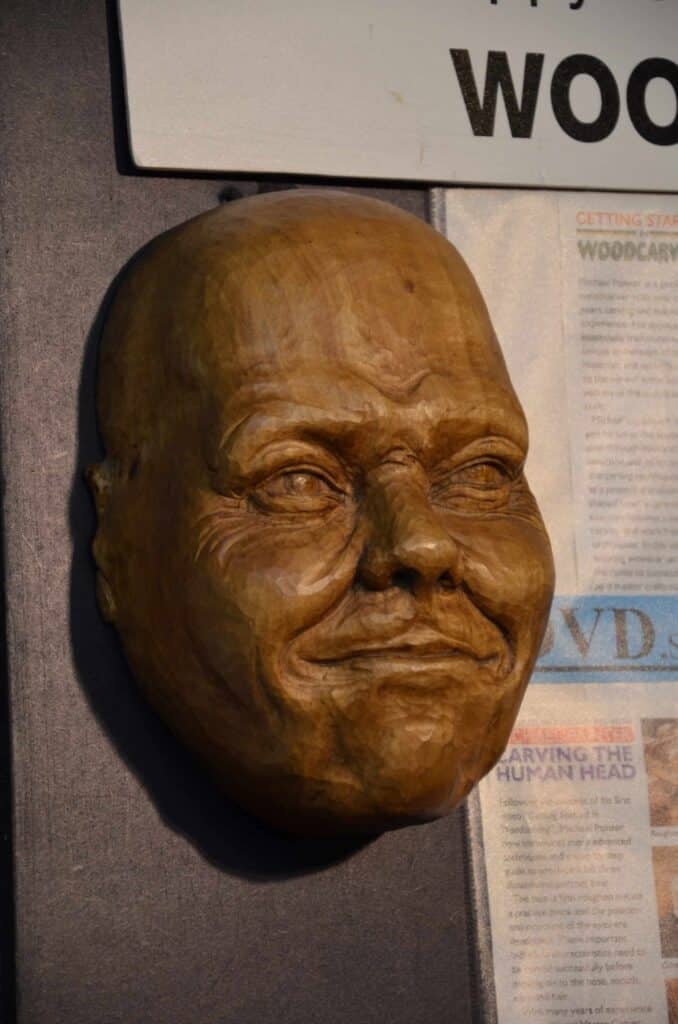
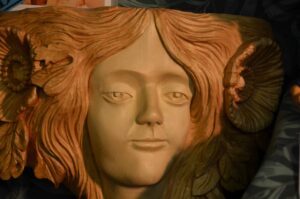
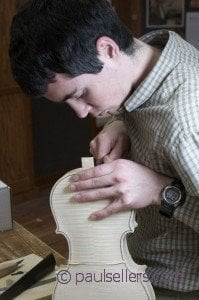
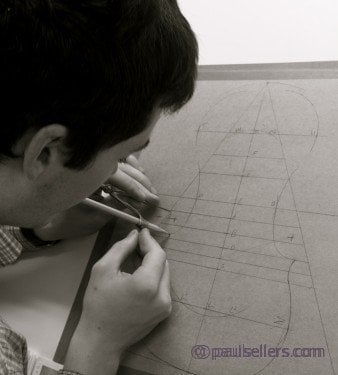
I think most of us know that we can mechanically carve anything and when the work is done what we have carved looks, well, mechanically done. Carving out the cello can be like that too. Many people can mechanically make a cello or a violin, but few can give those instruments the vibrant tones needed to make it stand out in its colour, depth and vibrancy. There comes a point for every new maker when he and she realises they are not carving a mere shape in three-dimensional form but creating a very unique and distinctive voice. At least that’s the hope that lies in every violin maker. It’s one thing to replicate the same appearance, another to create voice when you can’t see it to copy it.

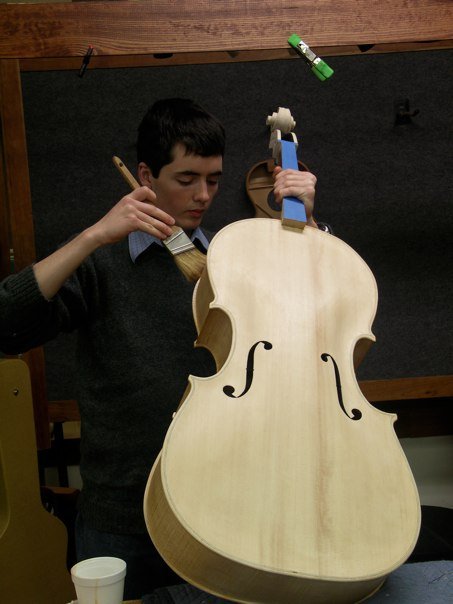
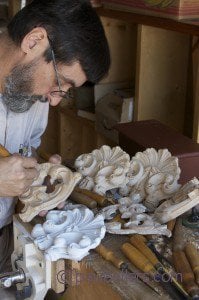
This was a dimension I had never entered before. It wasn’t mere spectating for we had carved the instruments they were playing from lumps of maple and spruce. We recorded the notes and the video, yes, but how I recall the symbiosis of music in my inmost being.
When I was a young man, an apprentice, I built a canoe. I thought it was one of the most beautiful things I had ever made. The bent and twisted form built over many weeks finally came together with ribs and runners 12 feet long and all the pieces twisted so that when I looked along the length from one end all the rails converged to give shapes I had never considered before.

Eventually the time came to launch the canoe and I sat inside it on the banks of the canal near my home. January was cold but the ice was thin and broke easily as I paddled. Seeing the reeds and geese and ducks from this perspective, I entered another dimension of woodworking I had never seen before. It wasn’t a boat, I know that, but I was 18 years old and still had a childlike appreciation that still knew no cynicism nor sarcasm.
All of these things I carved and shaped with my hands unite with many thousands of other pieces I have made these past fifty years. They began with building my first boat when I was 13 when my mother encouraged me to carve it. That boat was 18″ long. I struggled. My tools were dull. They were my dads. I complained and my mother who was a fine seamstress all her life said, “It’s a poor man that blames his tools.” I knew then for the first time exactly what that saying meant. I sharpened my chisels on the concrete floor of the porch and got on with the carving. I realise now that those who watched over me and were training me were carving something from a lump of raw material. They were giving me shape and form and sensitivity and care. They were giving me voice and depth, creating in me the heart of craftsmanship using words like quality and workmanship. Their words ring in me today as I finish another of my projects. Little did I know then that one day, in my mid sixties, I would be a craftsman who carves and shapes life into the beauty of wood.


Paul your words are inspiring. Do you have plans for any carving projects in masterclass?
Sometime in the future we will be adding a series on furniture decoration, which will be inlaying and veneering and concepts of carving. We are not settled on this to date but I think it will include simple concepts such as ball and claw feet, geometric patterns such as chip carving and things like that. We are looking at other options too, so we will keep you up to date on developments.
Thank you for posting the photo of the spoons Paul, very much appreciated. Out of curiosity do Joseph and your other sons speak with Texan accents having grown up there?
This is an interesting question that made me think a bit about why they really don’t. Funnily enough, for the two that now live here in Britain, they don’t. When in the UK I doubt whether anyone could detect an American accent at all but might say there is something there. Often that’s to do with odd phrases rather than accent. When in the US I doubt whether anyone would say they are English but they’d would not be able to place them with a regional accent and especially not Texas. I think this is to do with both parents being English and also that we home-schooled the boys too. So never having attended ‘normal’ school avid being raised by their peers they entered adult life with their own ‘voice’ and independence. On the other hand, the two sons that live in the USA and married US-born and raised wives, they both do, even though they were born in Britain.
There is a wooden spoon that I use most every day and that I really love. It was given to me at a yard sale years ago by an old lady in a wordless ceremony that was something akin to “passing the torch”. — Last week I used the spoon itself (rather than a pattern) to attempt to re-create it for my new granddaughter (a Texan). After an hour or so of chisel and gouge and scraper and sandpaper work, I looked at the spoon with my eyes (as opposed to my hands) and realized that the bowl was not quite symmetrical. I brought it inside to compare to the original and discovered that the original was also slightly asymmetric — the product of years of work with that right-handed old lady. The new bowl nested right into the old one as though it had come from the same mold. My hands knew the shape of that spoon better than my eyes. Strong tight joints and straight and true surfaces are the order of most days, but the pleasure of carving subtle curves a millimeter at a time – well you know (if anyone does)